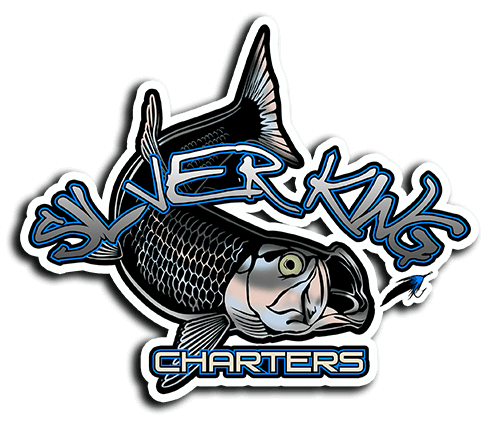
21 Feb Everglades Tarpon fishing
Everglades tarpon fishing
The Everglades National Park is a 1.5-million-acre wetlands preserve on the southern tip of the U.S. state of Florida. Made up of sawgrass marshes, pine flat woods, coastal mangroves estuaries and islands, The Everglades is home of a wide array of animal life.
The freshwater, brackish and saltwater systems of the Everglades are the perfect nursery and ecosystem for several fish species, among them the mighty megalops atlanticus also known as silver king, Tarpon or sábalo.
The salt marshes and shallow mangrove line-lined estuaries of the Everglades, are a nursery for the tarpon, starting at their Larvae stages all the way up to when they reach sexual maturity and gargantuan sizes in excess of 200 pounds.
Tarpon sanctuaries
The Everglades hosts populations of both resident and migratory fish throughout the year. Resident fish can be caught all year long and range from 5lbs to 80lbs. Migratory fish range from 50 to 200lb with an average size of about 90 to 100lb.
For baby tarpon (fish up to 40lb) my favorite time of the year is the summer. Although spring and fall during the mullet run can also be epic. The migratory fish start to show up in the backcountry around march/early April and then start to leave around late June/early July.
Tarpon frequent a wide variety of spots in the Everglades such as freshwater water canals, dikes, ponds, salt marshes, mangrove-lined, grass flats, islands, shorelines, bays, flat edges, creeks, basins, wrecks, marinas, river mouths and beaches. All these places provide them with cover and their favorite food sources, which include shrimp, crabs, pinfish, mullet, pilchards, ladyfish, trout, cichlids among others.
Best tarpon fishery in the world
The Everglades fishery provides a myriad of opportunities for the tarpon aficionados. Whether is Fly fishing, casting, spinning or live bait, there is always a place to catch the silver king during most of the year.
Baby tarpon at mangroves and grass flats, medium size and big tarpon at river mouths, ponds, bays and basins, schools of migratory fish traveling along flat edges, beaches and stopping to rest and feed in river mouths, lakes, edges and bays, all offer angling opportunities for throwing flies, natural bait and lures at cruising, rolling, floating and feeding tarpon.
Winter time tarpon
Only exception is during winter time, when a strong cold front comes through and settles down for several days, dropping the water temperature below the Tarpon’s comfort zone (below 70 degrees). When this happens, the tarpon leave all the shallow areas and head for deeper water until the water starts to warm back up.
Once the water starts reaching 70 degrees or better, the fish start to get active and return to their usual whereabouts to feed. In fact, prolonged Warm trenches of weather during winter time can create some of the best tarpon fishing opportunities of the year, so don’t get discouraged to keep trying to fish for tarpon in winter time. It only takes attention to the weather forecast and experience to read and detect the right window of opportunity.
Tarpon are my first love and The Everglades is by far my favorite place to fish for them. Give me a call and let’s go make that silver king dance!
Capt Alex Zapata
Flats fishing guide
IFFF certified fly casting instructor
Miami, Everglades and the keys
(786) 317-4733
www.silverkingcharters.com
silverkingcharters@yahoo.com
??????????
Follow us on Facebook
@silverkingcharters
Follow us on Instagram
@silverking_charters_

Everglades tarpon fishing

Everglades tarpon fishing







Sorry, the comment form is closed at this time.